If the question is "what is the ideal number of bikes to own," the answer is usually "n+1." Whether you are into gravel trails, BMX, mountain biking, road biking, or cyclecross, there's a bike for that. But after spending a couple of months riding the Specialized Turbo Creo 2 Comp, the answer could actually be n.
The $6,500 Turbo Creo 2 Comp is a gravel e-bike that Specialized calls "category defying." It looks like the result of an illicit tryst between a gravel bike and a mountain bike. With the motor, it's a double-duty road-plus-gravel machine—at least that's what Specialized claims. And it turns out Specialized is on to something.
The Turbo Creo 2 Comp is certainly eye-catching. Not only is the "Harvest Gold" colorway easy on the eyes, but the thickness of the downtube and tires also grab the viewer's attention. The massive downtube is necessary because that's where the 320 Wh integrated battery lives. The chunky, mountain-bike-appropriate 700×47 tires, however, are a statement of intent by the Creo 2 Comp, screaming, "Ride me anywhere you want—I'm up for it."
And it is.
A big unit
Even with a carbon frame, the Creo 2 Comp is a hefty beast at nearly 32 lb (14.5 kg). A significant chunk of that comes from the battery, which powers the Specialized 1.2 SL Custom motor in the hub, which cranks out 33 percent more power and, at 53 Nm, 43 percent more torque than the previous generation. There's a small display, the “Mastermind TCU,” built into the top tube that shows speed, boost mode, and battery level. The Creo 2 Comp also has a built-in cadence sensor and a left/right power meter. If you have a bike computer, it will pair with the bike’s built-in sensors. Alternatively, you can drop a smartphone mount on the handlebars and use the Specialized app as a bike computer. Once paired with my Garmin Edge 1030+, the Creo's built-in sensors would automatically connect once the bike was powered on.
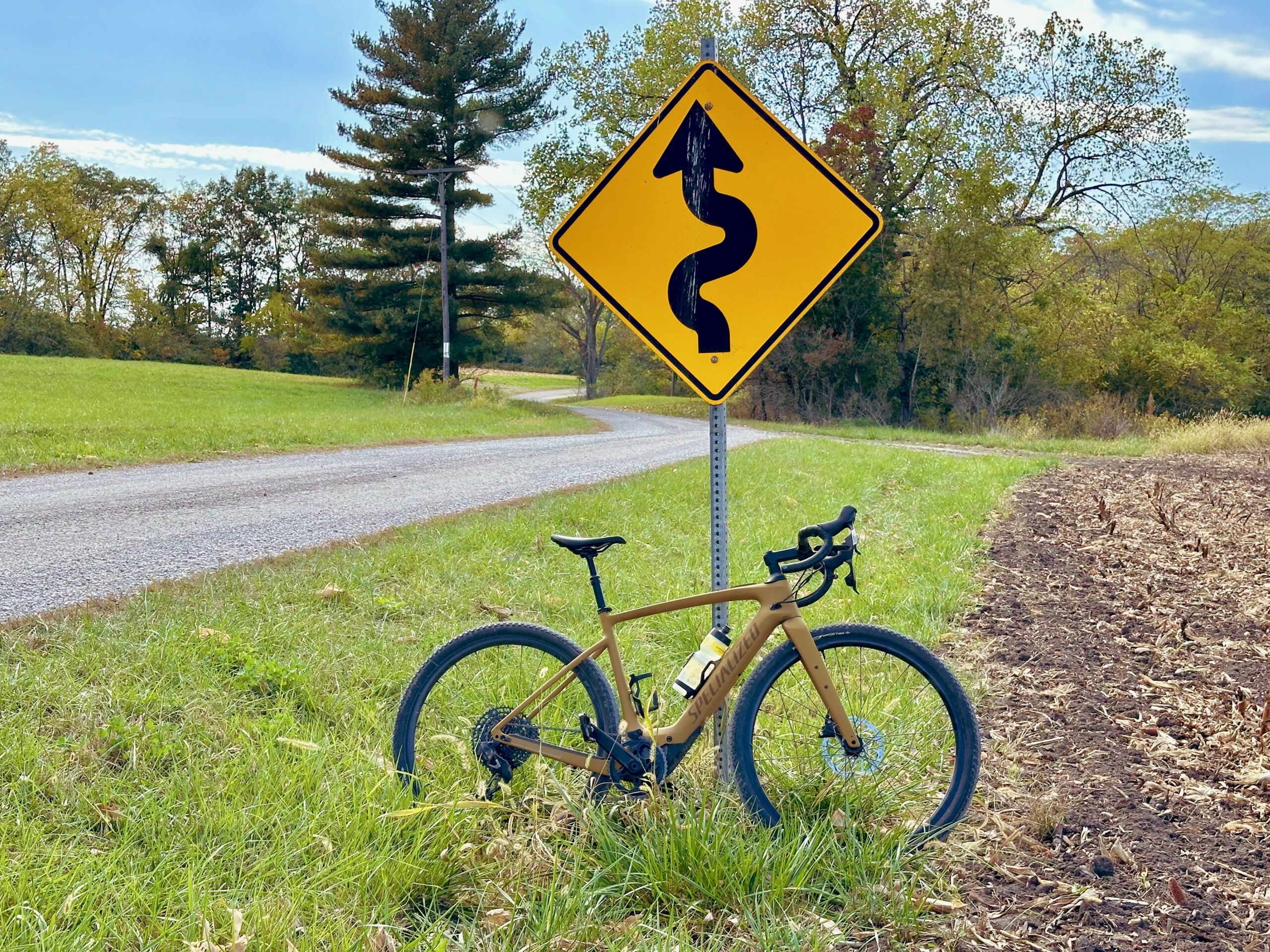
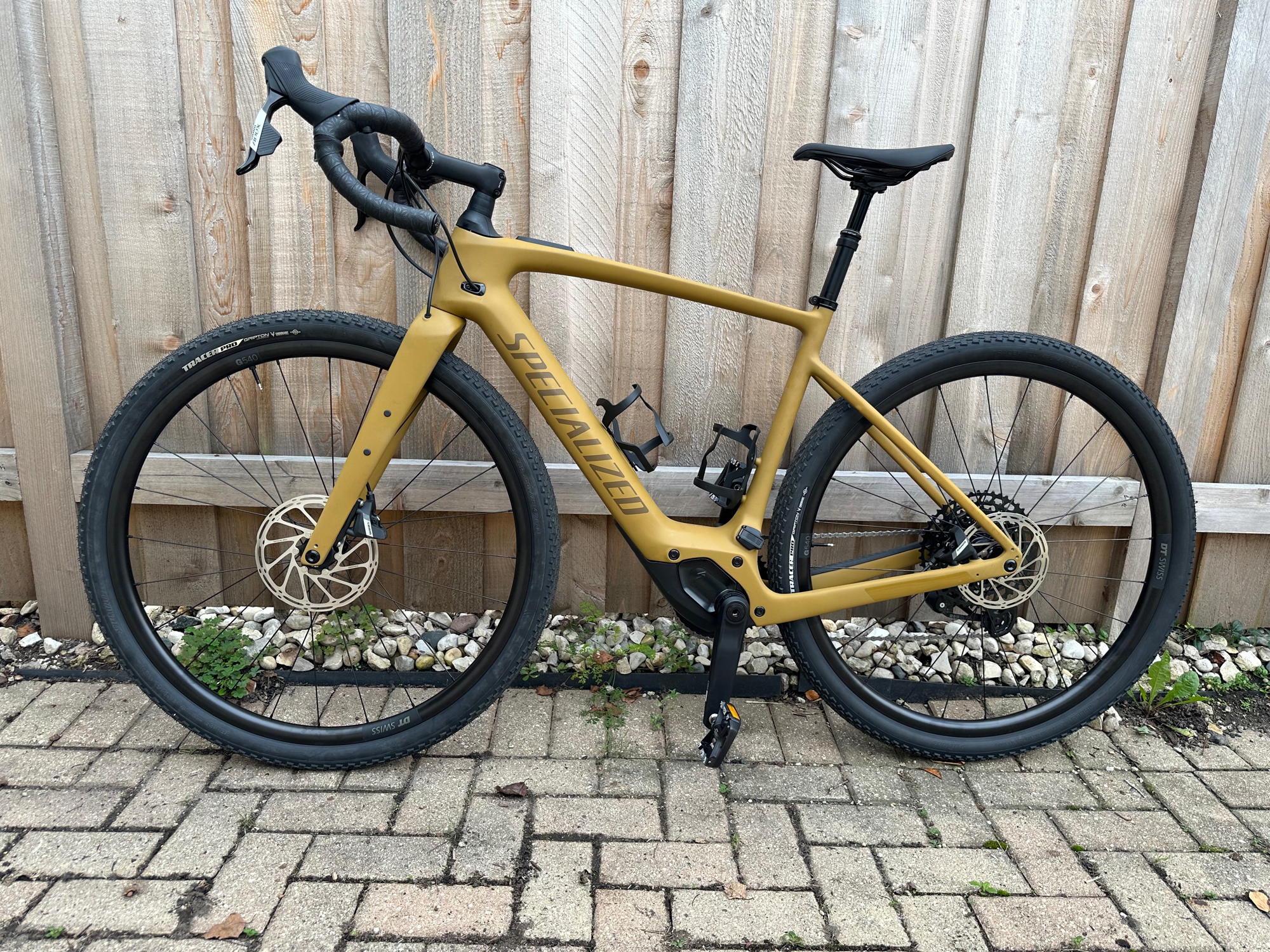
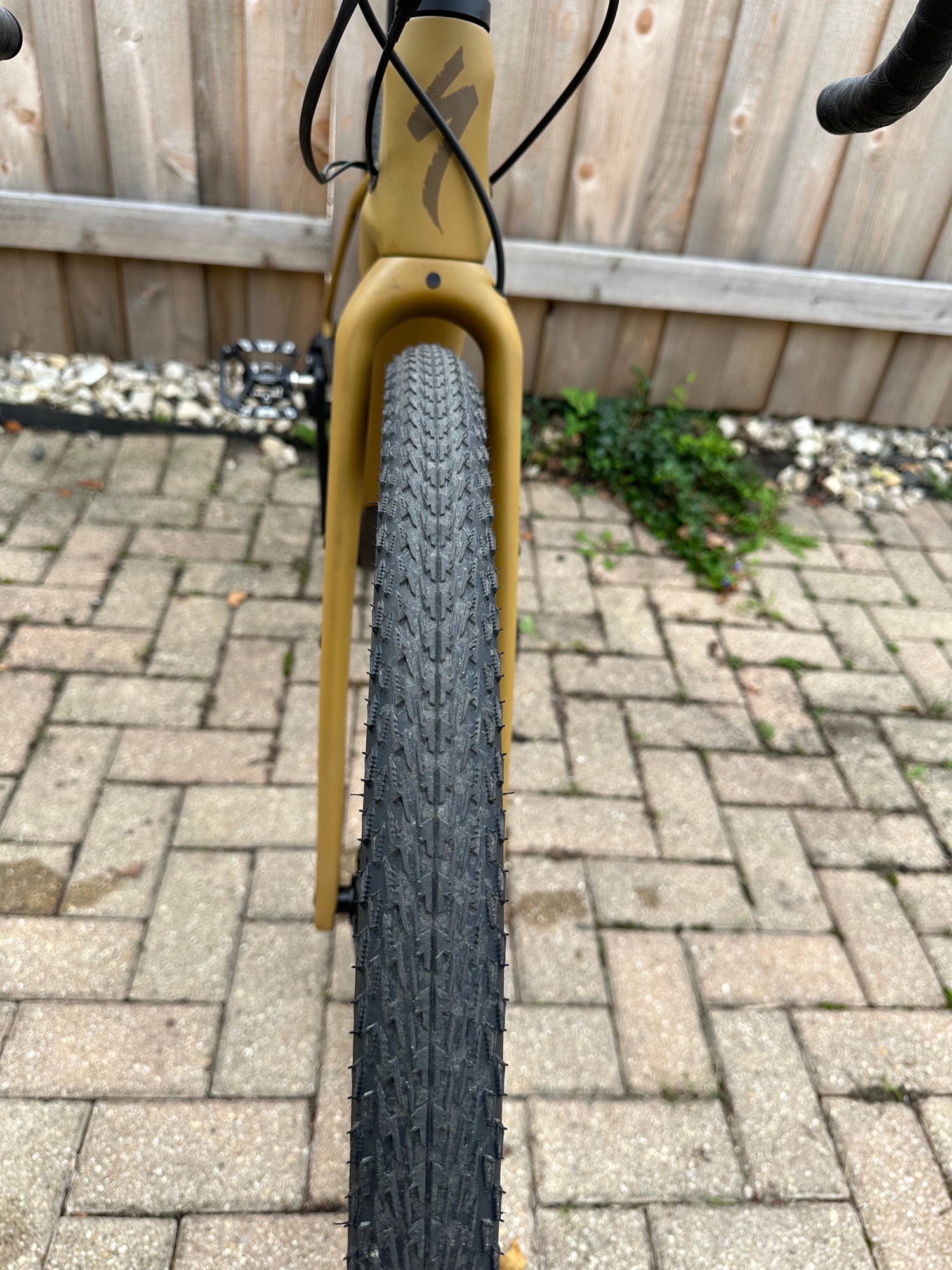
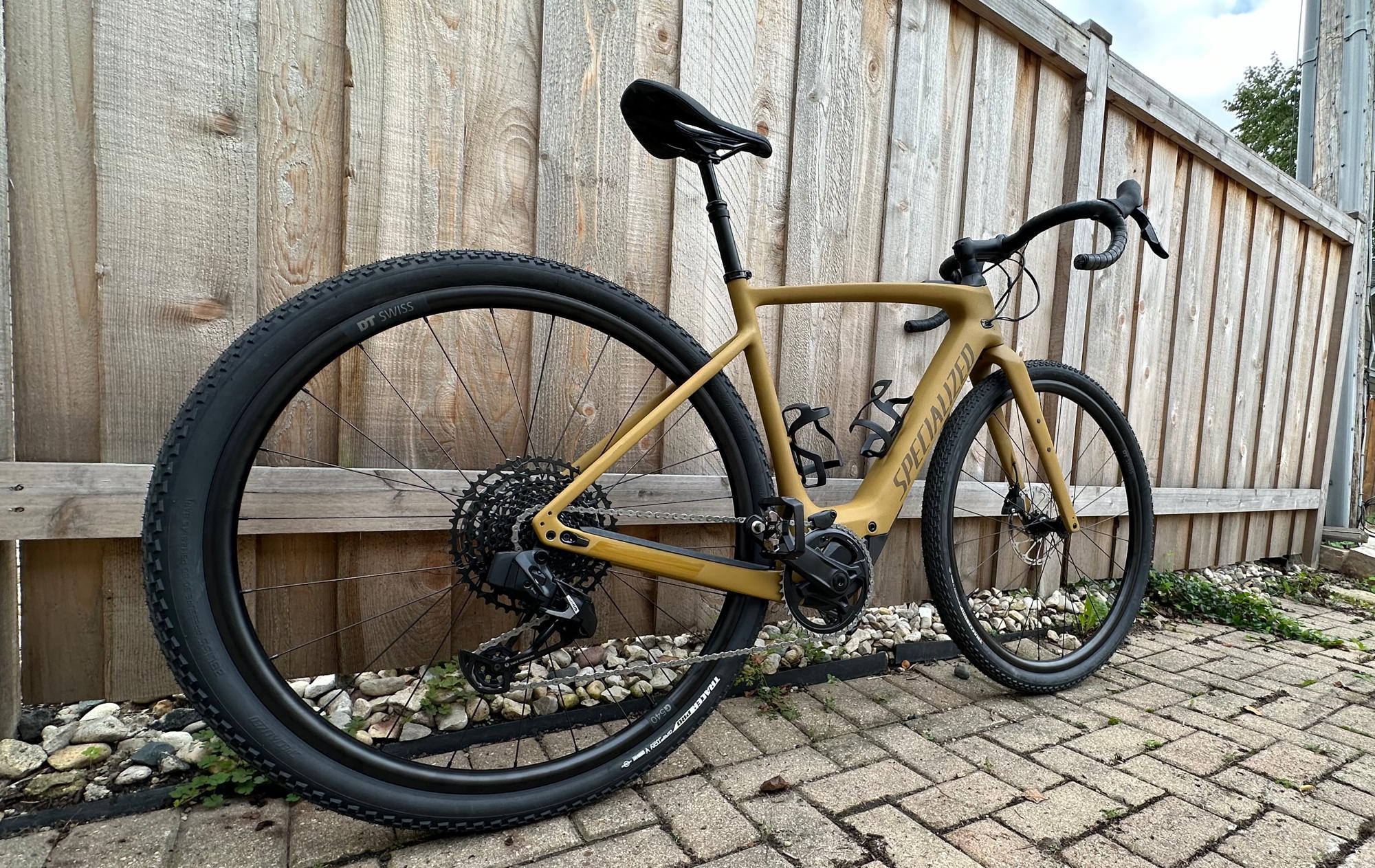
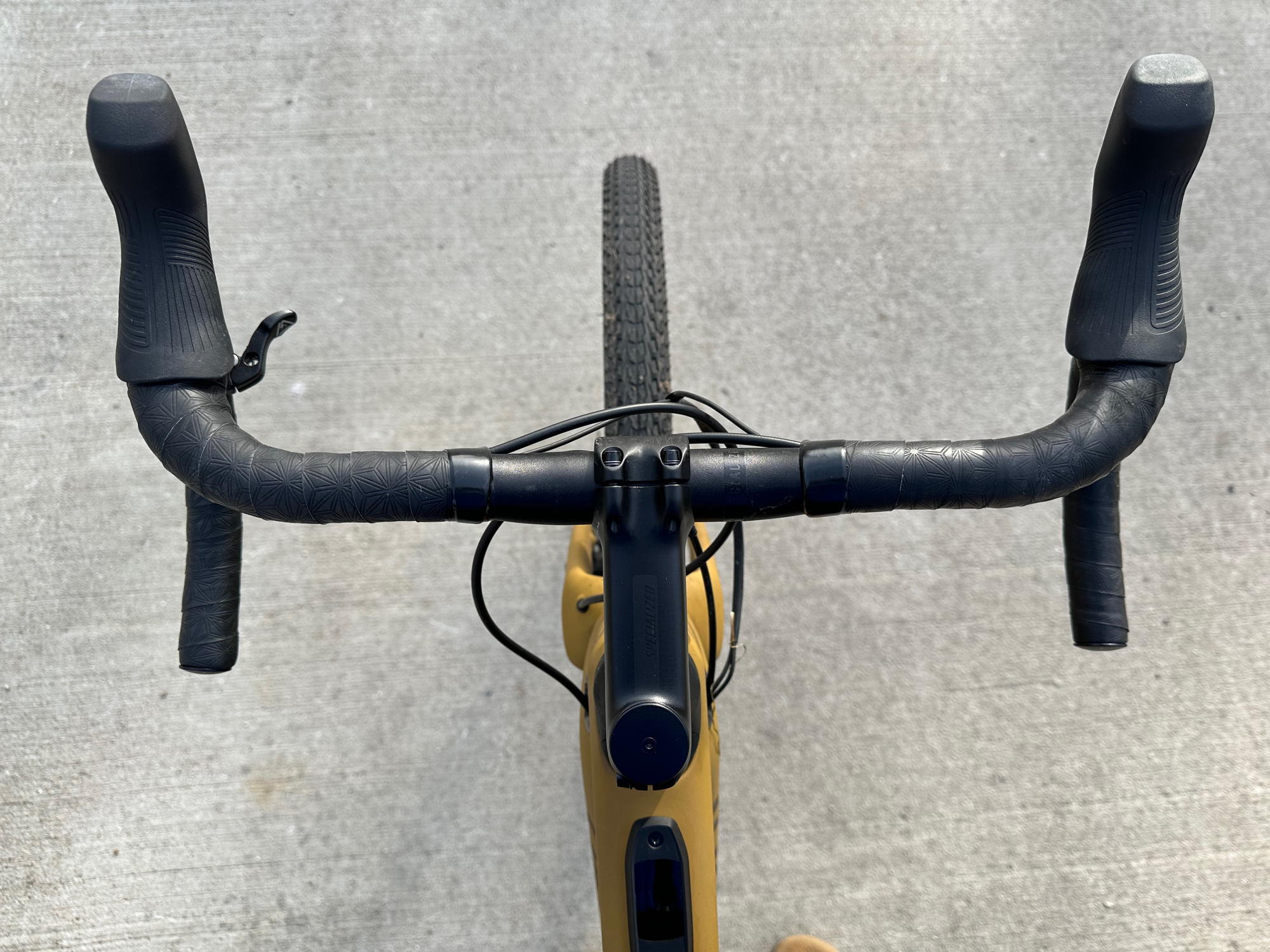
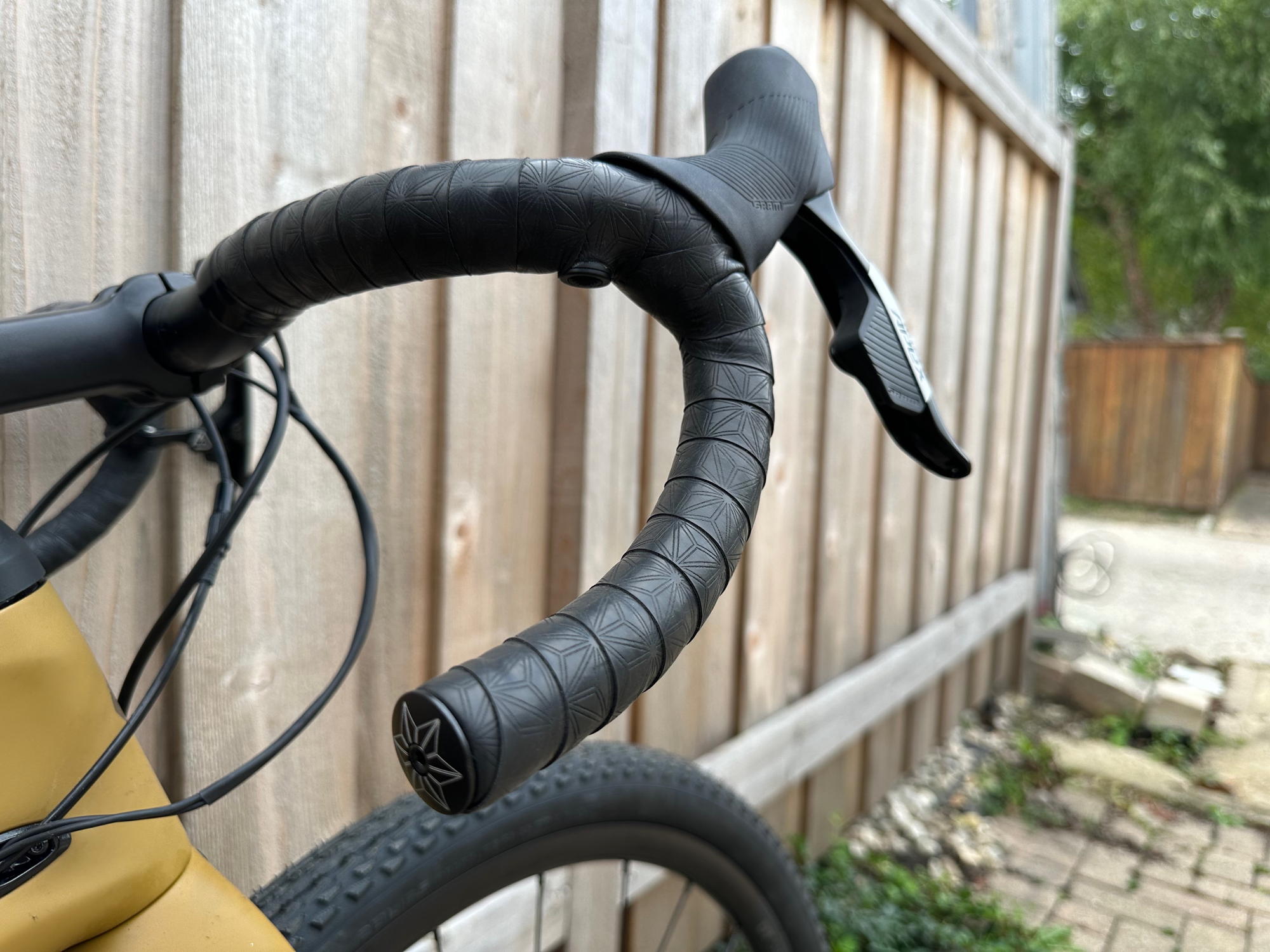

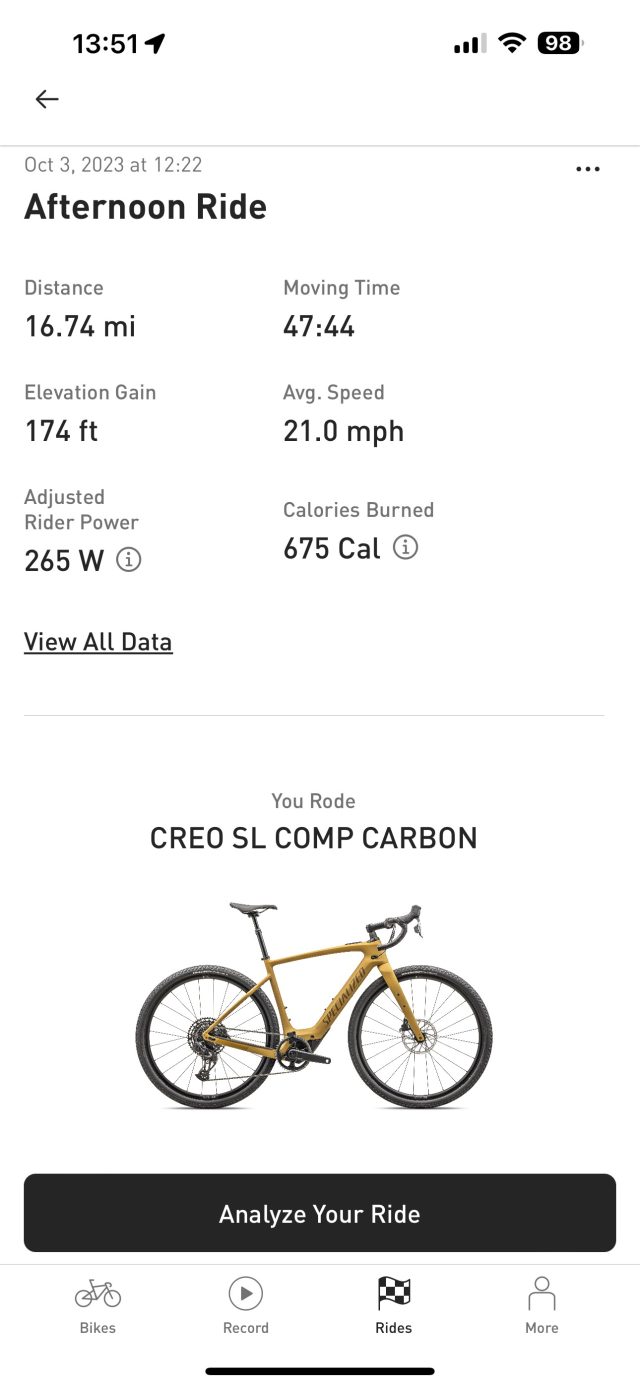
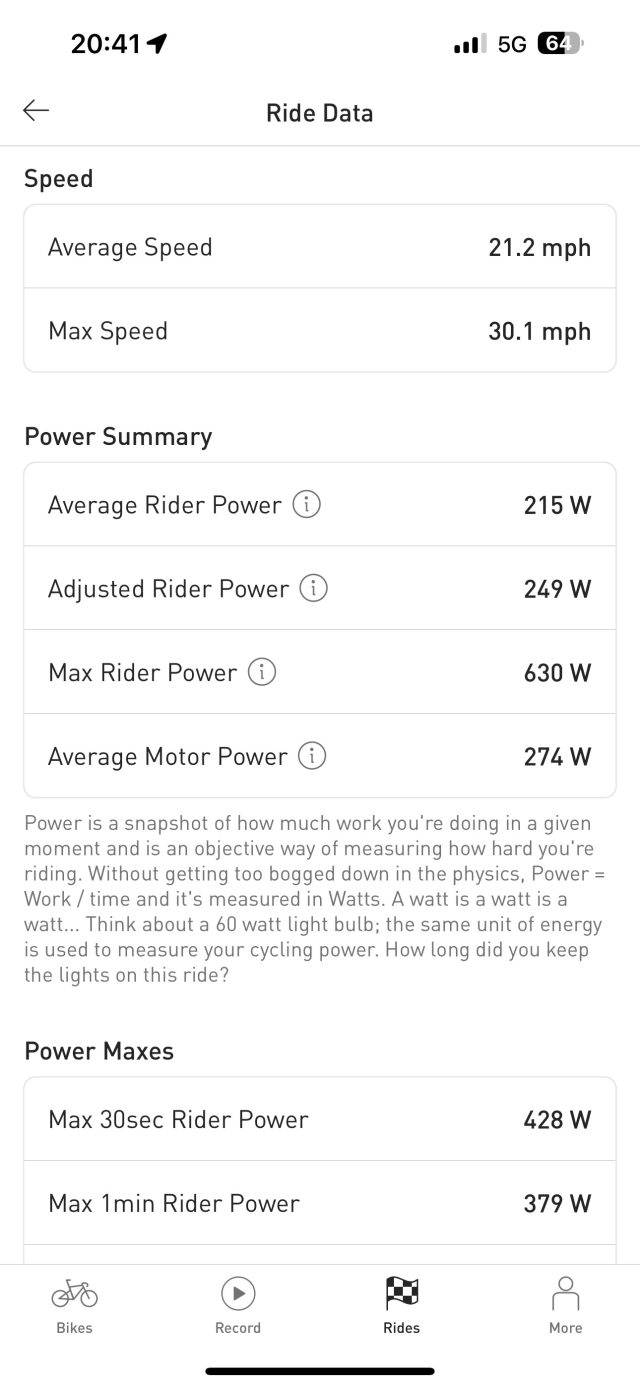
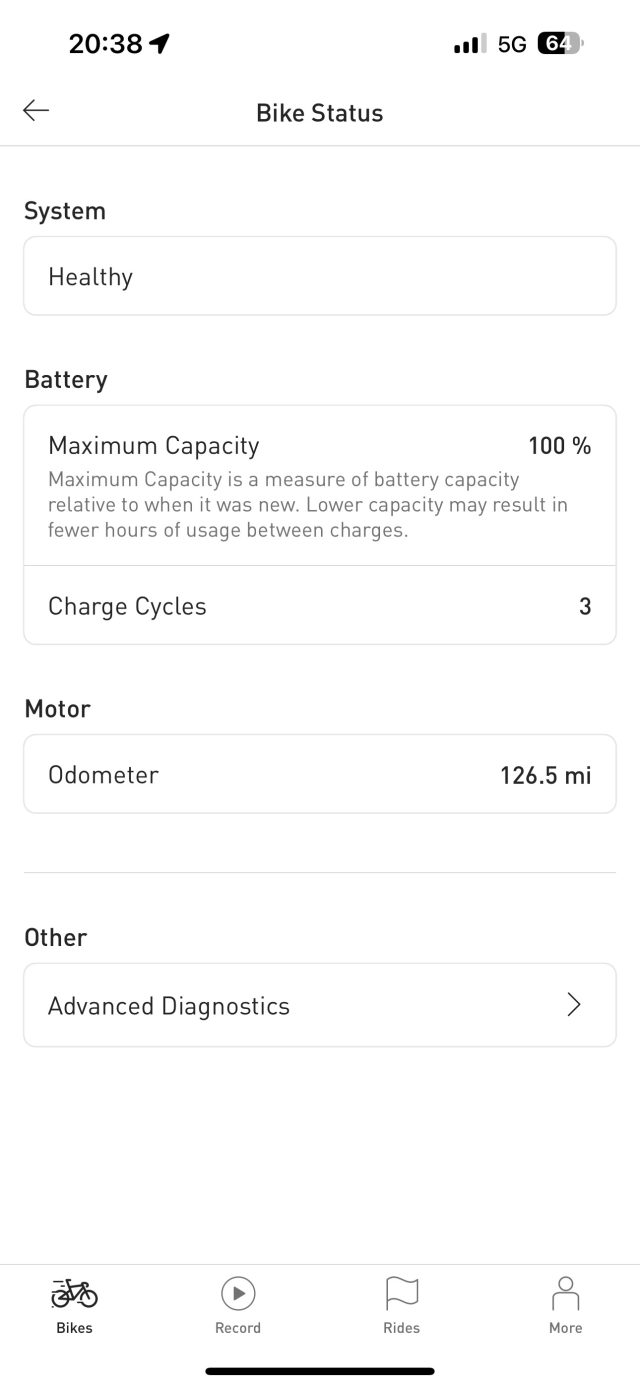
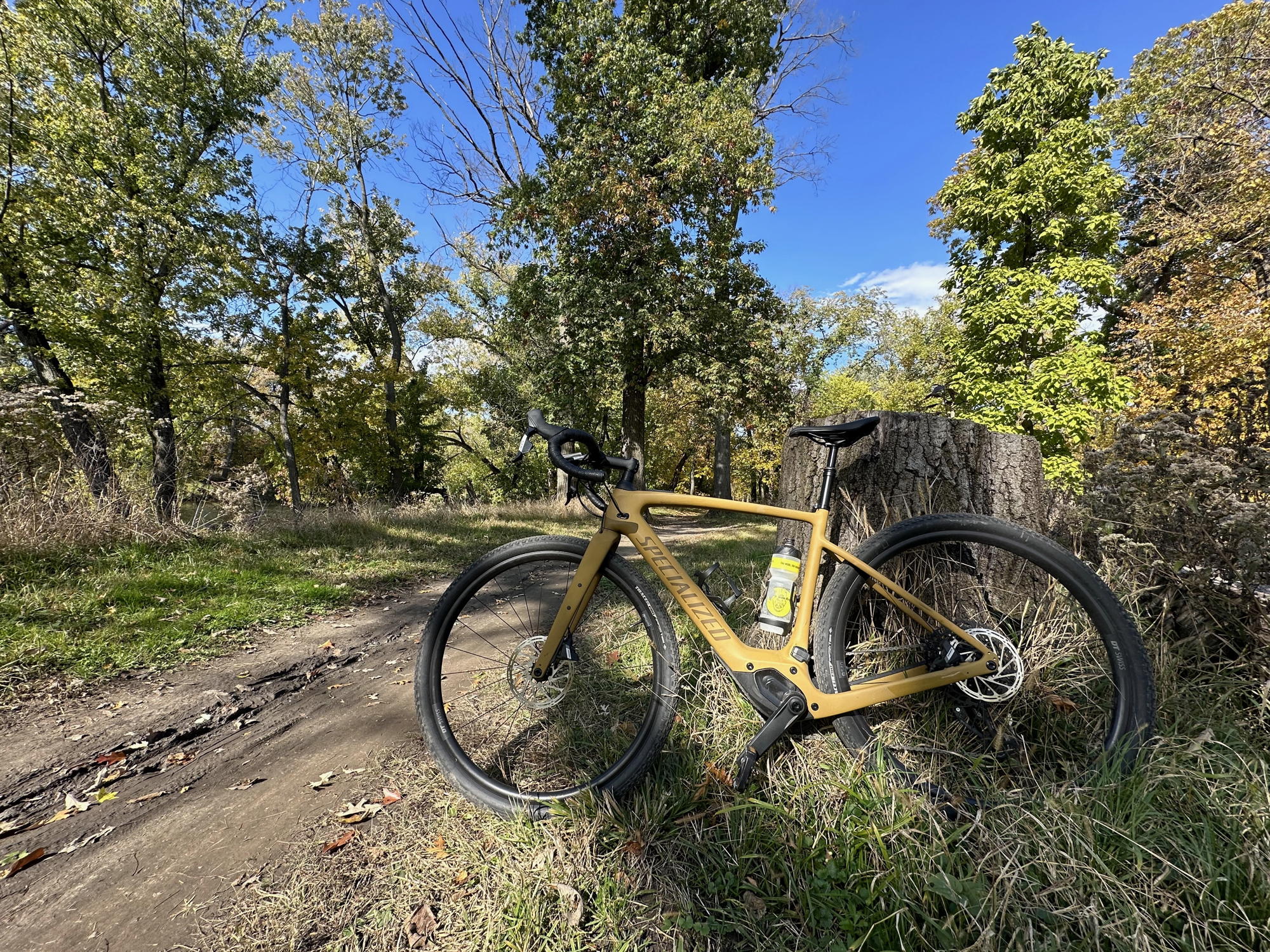

 Loading comments...
Loading comments...
